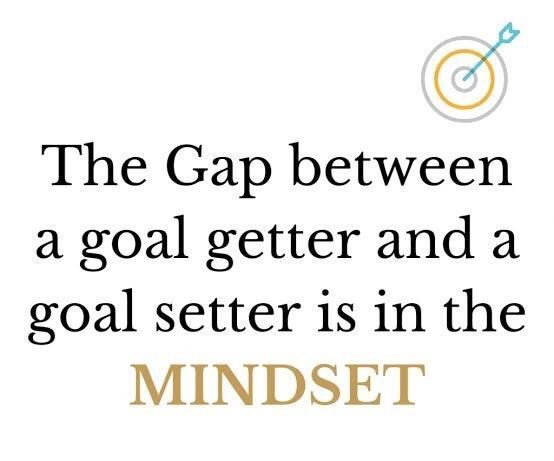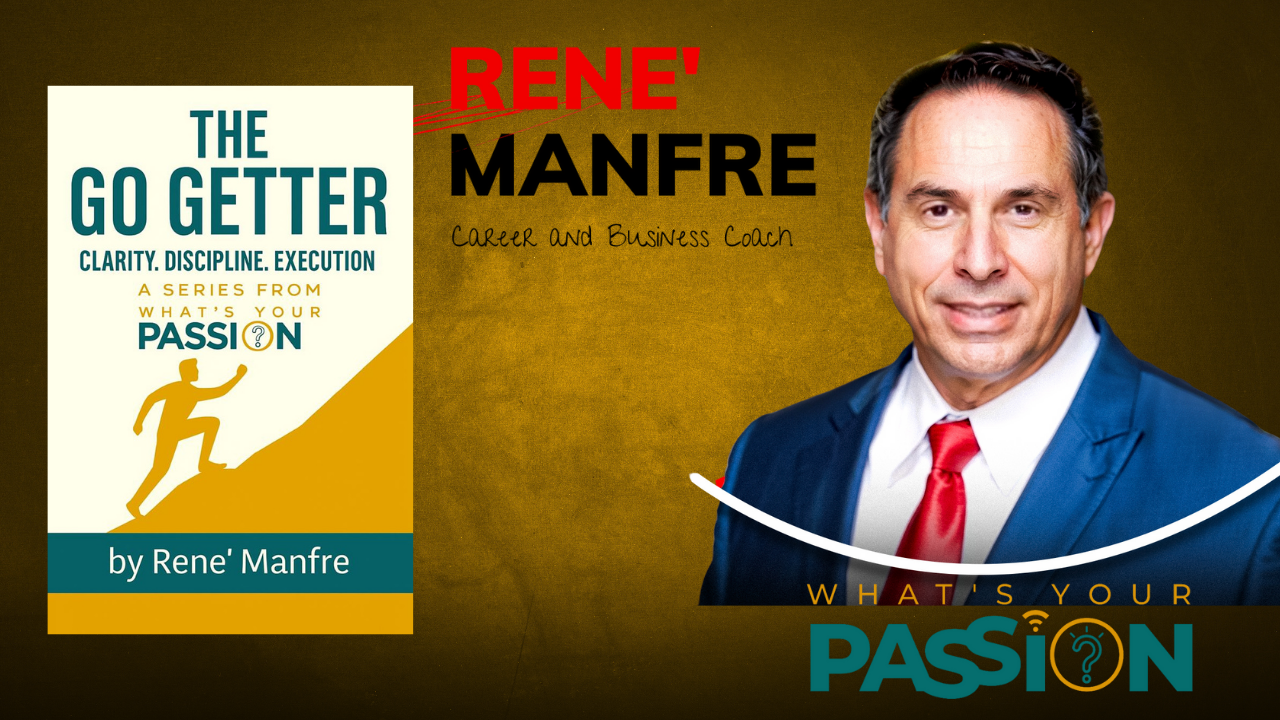The Playbook: How Sports and Business Win with Coaching, Role Clarity, and Relentless Preparation

From locker rooms to boardrooms, winning looks surprisingly similar. The organizations that consistently lift trophies or dominate markets do so not by accident—they do it through world-class coaching, clear roles, rigorous preparation, and a culture that converts pressure into performance.
Fourth Quarter
I remember the first time I laced up. I was a kid with knees that trembled and a heart that tried to jump out of my chest, running sprints under lights that hummed like they were alive. The air felt electric, heavy with sweat and possibility. Butterflies weren’t a problem back then—they were a promise. They meant something mattered.
Years later, I still feel it. I sit on my couch and watch The Replacements, Rocky, Seabiscuit, The Blind Side—stories where nobody waits for permission and everybody bleeds for a shot that isn’t guaranteed. And suddenly I’m back there: the tunnel, the crowd noise, the helmet in my hand, the quiet voice that says, “They might doubt you, but you don’t.” Those movies don’t entertain me so much as they wake something up—the warrior, the player, the person who knows winning is simple, just never easy.
Life, it turns out, keeps its own scoreboard. The seasons change but the clock runs the same. If you’re in your 50s, people say it’s the third quarter. I say, even if it’s the fourth, great teams are built for the final stretch. You still have your timeouts. You still have your playbook. You have the scars to prove you’ve played before. You have the memory of the butterflies and the wisdom to run the right routes.
And if you’re younger? You’ve got a head start, if you’re paying attention—if you’re finding the right rooms, standing next to the right people, absorbing the right habits. The game is kinder to the prepared, to the practiced, to the ones who stay after and shoot until their hands shake. Don’t mistake scrolling for studying. Get on the field. Run the drills. Ask better questions. Take bigger hits.
Business is just sport in different uniforms. Coaching is mentorship, film study is data, practice is repetition, game day is the moment you ship, pitch, or present. Roles matter. Systems matter. And the energy you bring—the butterflies, the nerves—that’s not a flaw. That’s fuel.
That’s the body reminding you you’re alive and this counts.
So here we are. Another year gone. The clock says late. Maybe it’s third quarter; maybe it’s fourth. Look up at the scoreboard and tell the truth. Not to punish yourself—never that. Tell the truth so you can call the right play. You don’t need a miracle. You need execution. You need one first down, then another. You need to block and tackle the unglamorous things: the early mornings, the studying, the calls you don’t want to make, the hard conversations, the recovery, the humility. Champions are built out of boring things done beautifully.
This isn’t a pep talk to keep watching. This is a whistle. Get off the sideline. Stop narrating other people’s highlights and go make your own. Find the coach. Be the coach. Put the right players in the right positions—inside your team, inside yourself. The fighter, the strategist, the artist, the closer. Give each one a job. Let them work.
Feel the butterflies again. Lace up. The lights are still warm. The grass still smells like childhood.
The clock is not your enemy; it’s your drumbeat. And when the buzzer finally sounds, may you be breathless, grass-stained, and smiling because you played the whole game—every down, every round, every furlong—with your hands on the ball and your heart on fire.
Your support team, Rene' Paul Manfre

This article breaks down the parallels between sports and business across mindset, habits, strategy, execution, and resilience, with real-world examples from multiple sports and industries. Use it as a blueprint for building a championship organization.
1) Coaching Is the Ultimate Force Multiplier
- What elite coaching really does: Aligns vision and system: A coach translates a philosophy into repeatable behaviors and decision frameworks. Unlocks individual strengths: Great coaches put people where they can be most impactful. Builds a culture: Standards, rituals, accountability, and shared language that compound over time.
- Sports example: Phil Jackson’s “Triangle” and the Power of Roles Michael Jordan and Kobe Bryant had generational talent, but Jackson’s system channeled that talent into a team concept—spacing, decision-making, and trust (think Steve Kerr’s corner threes, Pau Gasol’s high-post reads).
- Business parallel: Apple’s Tim Cook didn’t try to “be Steve Jobs.” He coached the system—operational excellence, supply-chain mastery, and cross-functional alignment—letting design, hardware, and services play their roles.
- Soccer example: Pep Guardiola and Positional Play Pep doesn’t just sign stars—he builds role clarity: inverted full-backs, false 9s, midfield overloads. Each player has zones, triggers, and principles.
- Business parallel: Amazon’s “two-pizza teams” and single-threaded leadership. Roles are explicit, metrics are clear, and decision rights are known.
- American Football: Belichick and Situational Mastery The Patriots out-executed opponents by preparing for every situation and adapting weekly.
- Business parallel: Netflix’s “context, not control” culture—leaders coach context (market, constraints, goals) so teams can adjust their play calls autonomously.
Takeaway: Coaching is not micromanaging. It’s architecting systems, assigning roles, and creating an environment where excellence is inevitable.
2) The Right Players in the Right Positions
- Role fit > resume: A brilliant striker miscast as a winger underperforms—just like a visionary product thinker forced into a sales-heavy GM role. Leaders must optimize for complementarity, not homogeneity.
- Basketball: The Draymond Green Archetype Not the tallest or highest scorer, yet pivotal as a defensive quarterback and playmaking hub. Golden State’s dynasty hinged on role synergy: Steph (gravity), Klay (off-ball execution), Draymond (defense + orchestration), Kerr (system). Business parallel: Early-stage startups need a “Draymond”—an operator who glues product, growth, and finance.
- Baseball: Moneyball and Skills Decomposition The Oakland A’s separated “on-base ability” from traditional scouting bias. Roles were filled to optimize run creation and prevention, not star power. Business parallel: In sales, hire for pipeline generation (SDRs), closing (AEs), and renewals (CSMs) rather than assuming “great salespeople do it all.”
- Football (Soccer): N’Golo Kanté and Invisible Edges Ball-winning, pressing, and transition coverage often decide championships. Business parallel: A world-class SRE who prevents outages can be more valuable than one “rockstar” feature developer.
Checklist: Do you have.......
- A clear role chart with decision rights (who decides, who executes, who inputs)?
- KPIs per role that ladder up to team goals?
- A bench plan and succession map?
3) Mindset: Identity, Standards, and Pressure Handling
- Identity: What do we stand for under stress? Sports: “We are a pressing team,” “We are a defense-first team.” Business: “We are a customer-obsessed org,” “We are a reliability-first platform.”
- Standards: What’s non-negotiable? Think All Blacks’ “sweep the sheds”—no one above the team. Business parallel: Amazon’s “Leadership Principles” in hiring loops and performance reviews.
- Pressure conversion: Serena Williams, Novak Djokovic: rituals, breath control, and reframing pressure as privilege. Business parallel: Earnings calls, major launches, incident bridges—teams that rehearse do better.

Practical tools:
- Pre-mortems and red teams to stress-test strategies.
- Reset rituals before high-stakes moments (launches, investor meetings).
- A “calm under fire” playbook: who speaks, who decides, who listens, what metrics matter.
4) Habits and Daily Workflows: Boring Is Brilliant
- Micro-drills build macro-mastery: Shooters take 500 reps/day. Quarterbacks review film nightly. Business: SDRs practice objection handling daily; PMs run crisp PRD reviews; engineers run code-read and design docs before implementing.
- Structured hours: Morning: high-cognitive work (strategy, writing, design). Midday: collaboration (standups, customer calls). Afternoon: execution and review (coding, tickets, QA). Evening: film and reflection (metrics review, learning logs).
- Feedback loops: Sports: practice → scrimmage → film → adjust. Business: launch → telemetry → user interviews → iteration.
Rituals to implement:
- 15-minute daily huddle with 3 questions: What did we ship? What blocked us? What’s today’s top one?
- Weekly film session: replay key calls, demos, incidents; annotate and extract coaching points.
- Role-specific “drills”: e.g., PMs write one mock press release/week; AEs rehearse 3 tough objections/day.
5) Strategy: Systems Beat Slogans
- Sports strategy: Basketball: pace-and-space systems create compounding advantages (gravity, mismatch hunting). Soccer: pressing traps and automated movements dictate opponent decisions.
- Business strategy: Distribution > product in early stages; defensibility > features in later stages. Moats: network effects, data scale, switching costs, brand trust.
- Make it concrete: Define your “core play”: one repeatable motion that moves the scoreboard (e.g., SEO → freemium conversions → PLG expansion). Define counters: When a competitor adjusts, what’s your second punch? Define red lines: What you will not do (protects focus and identity).
6) Preparation: Film Study, Scouting, and Game Plans
- Film study = metric study: Elite teams obsess over patterns: where do we score/bleed points? Business: break down sales calls with Gong/Chorus, analyze funnel drop-offs, map incident root causes.
- Scouting opponents and environments: Sports: opponent tendencies, referee patterns, weather conditions. Business: competitor release cycles, regulatory shifts, seasonal demand.
- Game plans: Sports: first 15 plays scripted; special teams contingencies. Business: launch runbooks, incident playbooks, quarterly OKRs with leading indicators.
Artifacts to institutionalize:
- A 1-page weekly game plan: objective, top 3 plays, risks, counters, owner per play.
- Post-game report: what worked, what failed, what to repeat/change next week.
7) Late Nights, Behind-the-Scenes, and Sustainable Grind
- The reality: Title runs and hypergrowth phases involve late nights and emotional wear. The key is sustainability: recovery > heroics.
- Athlete parallels: LeBron’s longevity is recovery science: sleep, mobility, load management. Business equivalent: no-meeting blocks, deep work protection, PTO normalization, on-call rotations, mental health resources.
- Avoid the “always-on” trap: Burnout kills consistency. Championships require durability. Institute “cooldown” rituals: end-of-day logs, weekly wins, gratitude rounds to reset the nervous system.
8) Practice Design: Train How You Play
- High-fidelity practice: Simulated crowd noise, shot clocks, two-minute drills. Business: chaos engineering for systems, mock customer escalations, role-play negotiations.
- Constraints to shape behavior: Small-side games in soccer force quick decisions in tight spaces. Business: design sprints with strict timeboxes, demo days that force narrative clarity.
- Measure the practice: Track practice KPIs: completion rates, error counts, decision speed. Iterate the drills the same way you iterate the product.
9) Leadership and Locker Room Dynamics
- Captains matter: Vocal leaders (Chris Paul), example leaders (Kawhi), cultural anchors (Udonis Haslem). Business: EMs/PMs who protect focus, unblock, and set tone when things wobble.
- Conflict is inevitable—channel it: Healthy teams debate standards and tactics, not egos and status. Use “disagree and commit” and “one-voice after the decision” norms.
- Selection and deselection: Not everyone fits every phase. Winning cultures are kind but decisive about role/fit.
10) Data, Intuition, and the Human Element
- Analytics as advantage, not religion: Baseball’s launch-angle revolution, NBA’s threes-and-layups era. Business: LTV/CAC models, cohort analyses, A/B testing.
- Intuition still wins moments: Subbing a veteran for locker-room steadiness. Greenlighting a bold brand move. The best leaders synthesize: data narrows options, judgment picks the moment.
11) Case Snapshots: Stories with Transferable Lessons
- Leicester City 2015–16 (Soccer) Lesson: Role clarity, tactical discipline (4-4-2, compact block, ruthless transitions), and culture can beat budgets. Business parallel: A challenger brand can out-execute incumbents with a sharp wedge, low-variance system, and culture of belief.
- Argentina 2022 World Cup Lesson: Build around your superstar’s strengths; role players amplify the star (De Paul, Álvarez). Business parallel: Align org around the company’s unique advantage—data access, distribution, or brand.
- Golden State Warriors 2014–2019 Lesson: System + spacing + gravity + defense + continuity. Business parallel: Platform strategy with reinforcing loops (device → services → developer ecosystem).
- Patagonia (Business) Lesson: Values as operating system. Long-term brand compounding via purpose, product quality, authenticity. Sports parallel: The All Blacks’ emphasis on humility and stewardship.
- Toyota Production System Lesson: Kaizen (continuous improvement), andon cord (anyone can stop the line), standardized work. Sports parallel: daily deliberate practice, error visibility, and fix-at-source.
12) The Championship Operating System: A Practical Blueprint
- Vision and identity Write a 1-page “we play this way” document. Make it real with examples of in-bounds and out-of-bounds behaviors.
- Role clarity RACI per initiative. Define what “great” looks like for each role with 3–5 observable behaviors.
- Weekly game plan Top 3 plays, owner, metric, risk, counter. Review every Monday.
- Practice design 3 recurring drills per function: Sales: objection-of-the-day, 10-min call film review, live pricing role-play. Product: PRD lightning critiques, user-journey teardown, narrative demo. Engineering: incident tabletop, failure injection, code review dojo.
- Film room Record and annotate key meetings. Capture 3 clips/week for learning library.
- Recovery and durability No-meeting blocks, on-call fairness, quarterly reset weeks, team mental fitness.
- Culture and standards Write the 5 non-negotiables. Celebrate behaviors that uphold them more than raw outcomes.
- Talent and bench Hire for complementary spikes. Build a farm system (interns, apprentices, rotations). Plan succession.
- Metrics that matter One scoreboard per team, visible. Mix leading indicators (inputs) with lagging outcomes.
Closing: Winning Is a System, Not a Slogan
Championships in sports and dominance in business are the byproduct of coherent systems: elite coaching, role clarity, rigorous preparation, high-fidelity practice, and cultures that can carry pressure. Talent is table stakes. The differentiator is how you design the environment and habits that convert potential into points on the board—every day, for years.
#stephenbartlett #myrongolden #garyv #johnmaxwell #danmartell #tonyrobbins #charliekirk #alexharmozi #leilaharmozi

Get Your Copy and 1 Hour Free Discovery call: CLICK HERE

Get Your FREE 7 Day Trial to The Ultimate All- In One Marketing Platform CLICK HERE




